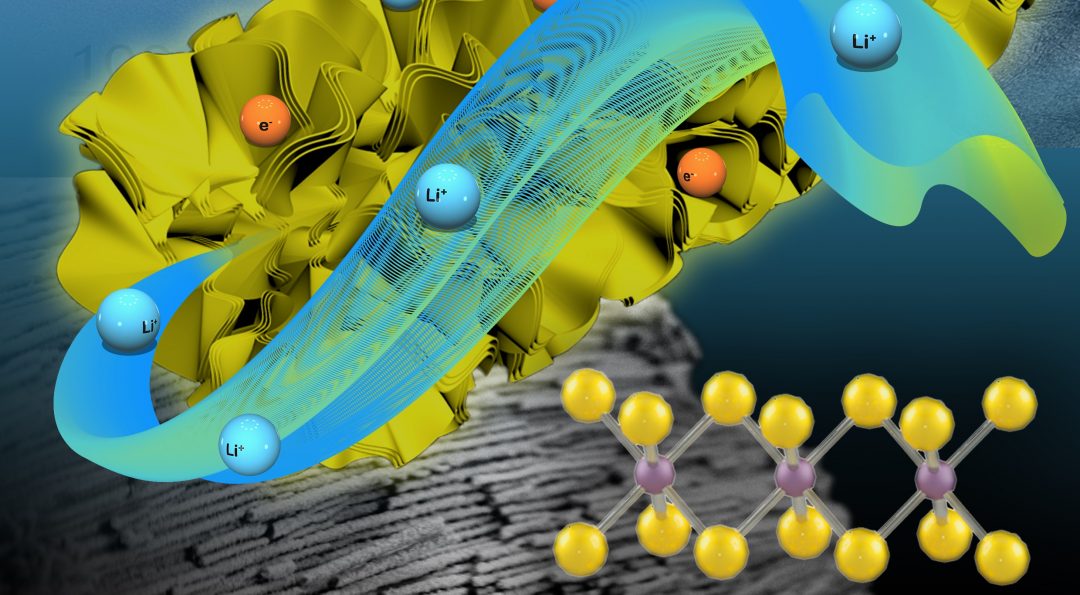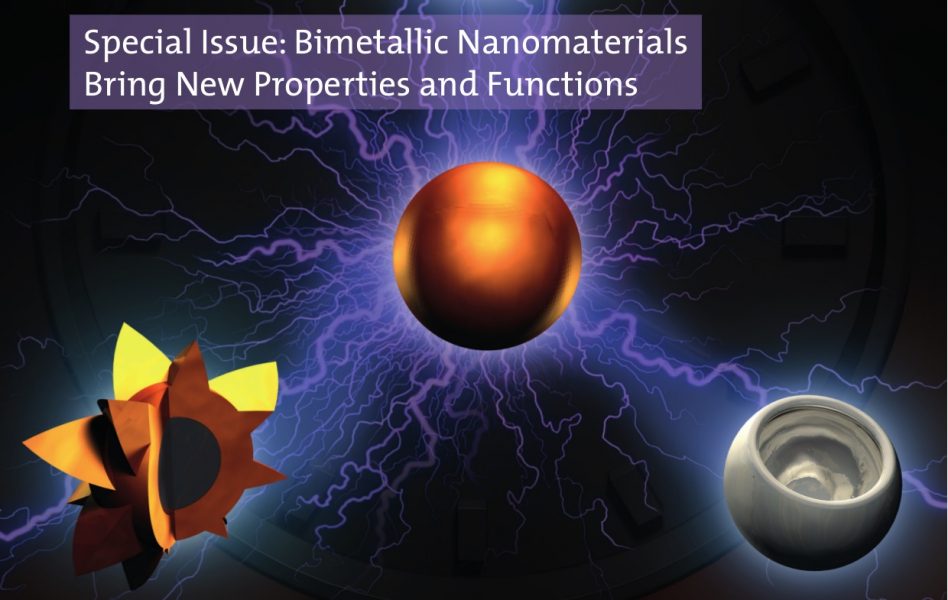Christoph Bäumer conducts research on water electrolysis. The initial steps toward cost-efficient and widely available catalysts are promising.


Christoph Bäumer conducts research on water electrolysis. The initial steps toward cost-efficient and widely available catalysts are promising.

A study recently published in WIREs Climate Change summarizes the findings of 39 empirical studies testing why people do not like carbon taxes.

Catalytic Fast Pyrolysis (CFP) is an emerging technology that holds promise for converting renewable feedstocks, like biomass, into fuels and chemicals.

A new porous nanotube structure is created from pure metallic molybdenum disulfide, which is useful for fundamental electrochemical studies as well as showing good performance as a lithium-ion battery anode.

Successful simulation of hybrid train operation shows reduced emissions, noise levels and operating costs on the existing infrastructure.
None are likely better suited to interdisciplinary research than those early in their scientific careers, and the next generation of scientists whom they are today teaching, advising, and mentoring.

Recent developments and perspectives on bimetallic nanomaterials highlighted in Particle & Particle Systems Characterization.

Interview with Dr. Karsten Müller and Timo Rüde of the Friedrich-Alexander-Universität Erlangen-Nürnberg, Germany about their recent work on liquid organic hydrogen carrier (LOHC) systems and the recent Special Issue of Energy Technology on Hydogen Storage Materials, Carriers, and Processes.
If scientists’ dreams came true, everyday items such as mobile devices, clothing and vehicles would be equipped with flexible solar cells.

The principle of a ceramic fuel cell and the most important microscopic techniques for analyzing these devices are presented.